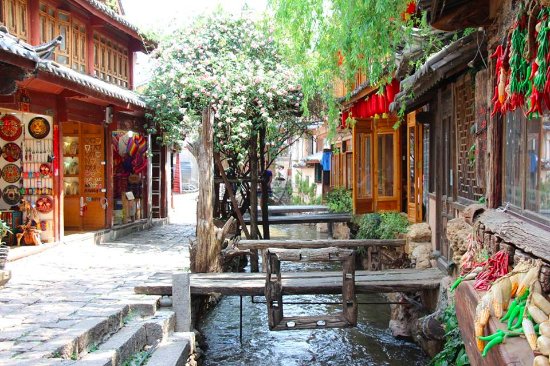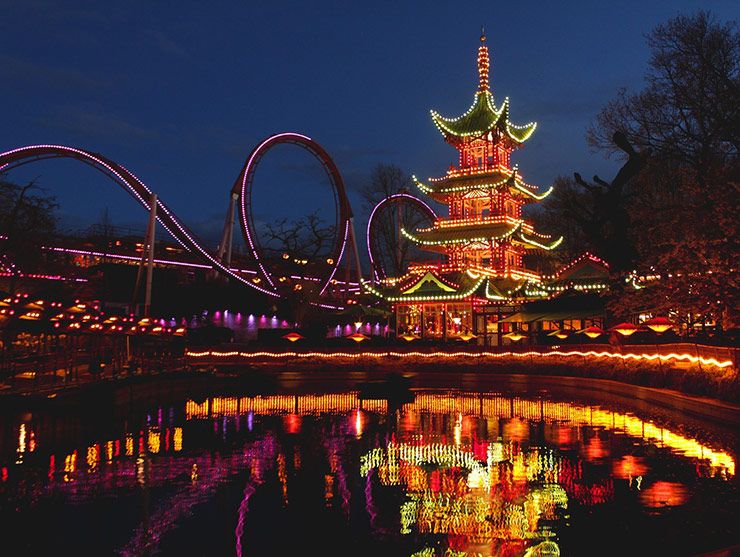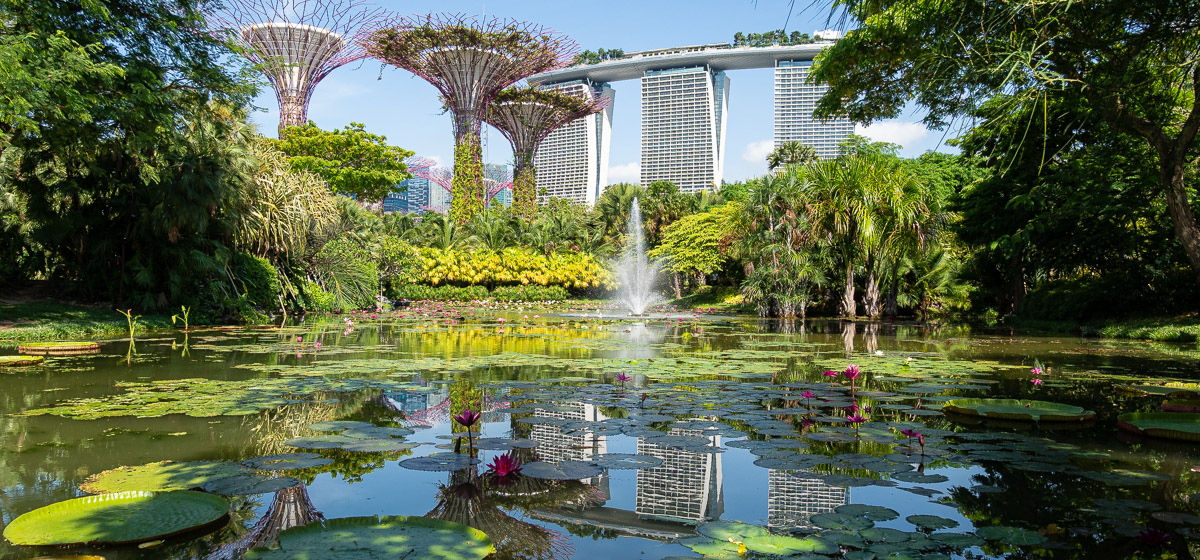Old Town
Lijiang, China
Introduction
 As one of the last surviving ancient Chinese towns, the Old Town of Lijiang has captured the hearts and minds of people around the world. In 1997, the Old Town of Lijiang became a UNESCO World Heritage site, solidifying its importance both at the local and international level. The town is over 800 years old and is comprised of Dayan Old Town and the Baisha and Shuhe housing clusters. Unlike many other ancient Chinese towns, the central government left the Old Town of Lijiang relatively untouched, restricting modern development projects to a nearby city. Tourists can only travel to the old town by foot. Within the old town, tourists can explore numerous shops, restaurants, and snack stalls as well as ancient buildings and museums along the town’s ancient cobbled streets.
As one of the last surviving ancient Chinese towns, the Old Town of Lijiang has captured the hearts and minds of people around the world. In 1997, the Old Town of Lijiang became a UNESCO World Heritage site, solidifying its importance both at the local and international level. The town is over 800 years old and is comprised of Dayan Old Town and the Baisha and Shuhe housing clusters. Unlike many other ancient Chinese towns, the central government left the Old Town of Lijiang relatively untouched, restricting modern development projects to a nearby city. Tourists can only travel to the old town by foot. Within the old town, tourists can explore numerous shops, restaurants, and snack stalls as well as ancient buildings and museums along the town’s ancient cobbled streets.
The Naxi people and other cultural influences
 The Old Town of Lijiang is an ancient Naxi town and was formerly an important trading town, located where the Silk Road joined the Ancient Tea and Horse Road. The town had been an important commercial center and an important center of cultural exchange between the Naxi people and other ethnic groups such as the Han, Tibetan, and Bai. This cultural exchange was reflected in the local architecture, art, and customs, making the town visually distinct from many other ancient towns in China. Traditional Naxi music and the Naxi people’s unique hieroglyphic writing system have also been major draws to the area. According our database, consumer sentiment towards the Old Town of Lijiang was overall positive; the atmosphere (0.682), cleanliness (1.000), and local public transportation (0.769) were all viewed well by visitors. Additionally, consumer sentiment towards the crowdedness of the area (0.400) was more positive than the overall average of the 48 locations we analyzed (0.195).
The Old Town of Lijiang is an ancient Naxi town and was formerly an important trading town, located where the Silk Road joined the Ancient Tea and Horse Road. The town had been an important commercial center and an important center of cultural exchange between the Naxi people and other ethnic groups such as the Han, Tibetan, and Bai. This cultural exchange was reflected in the local architecture, art, and customs, making the town visually distinct from many other ancient towns in China. Traditional Naxi music and the Naxi people’s unique hieroglyphic writing system have also been major draws to the area. According our database, consumer sentiment towards the Old Town of Lijiang was overall positive; the atmosphere (0.682), cleanliness (1.000), and local public transportation (0.769) were all viewed well by visitors. Additionally, consumer sentiment towards the crowdedness of the area (0.400) was more positive than the overall average of the 48 locations we analyzed (0.195).

The challenges of commercialization
 The Old Town of Lijiang has become one of the most popular tourist destinations in China. As a result, overcrowding and the displacement of local Naxi residents have become major problems in this area. As domestic mass tourism increased, Naxi residents were being displaced by migrant shopkeepers who were drawn in by the booming local tourism industry. Lijiang later received a warning from UNESCO in 2007 for damage inflicted to the cultural atmosphere of the old town due to Naxi residents leaving the area. As a site of cultural heritage tourism, the commercialization of this ancient town risks leading to a decline of authenticity which could ultimately hurt the industry’s bottom line. Efforts have since been taken to better manage tourism in Lijiang and strengthen its cultural protection. The case of the Old Town of Lijiang highlights the delicate balance that must be struck when marketing a destination based on its unique cultural characteristics.
The Old Town of Lijiang has become one of the most popular tourist destinations in China. As a result, overcrowding and the displacement of local Naxi residents have become major problems in this area. As domestic mass tourism increased, Naxi residents were being displaced by migrant shopkeepers who were drawn in by the booming local tourism industry. Lijiang later received a warning from UNESCO in 2007 for damage inflicted to the cultural atmosphere of the old town due to Naxi residents leaving the area. As a site of cultural heritage tourism, the commercialization of this ancient town risks leading to a decline of authenticity which could ultimately hurt the industry’s bottom line. Efforts have since been taken to better manage tourism in Lijiang and strengthen its cultural protection. The case of the Old Town of Lijiang highlights the delicate balance that must be struck when marketing a destination based on its unique cultural characteristics.
Researched and written by Maya Crowden
More Places
Case Studies
Five case studies leveraging the dataset of places around the world.




